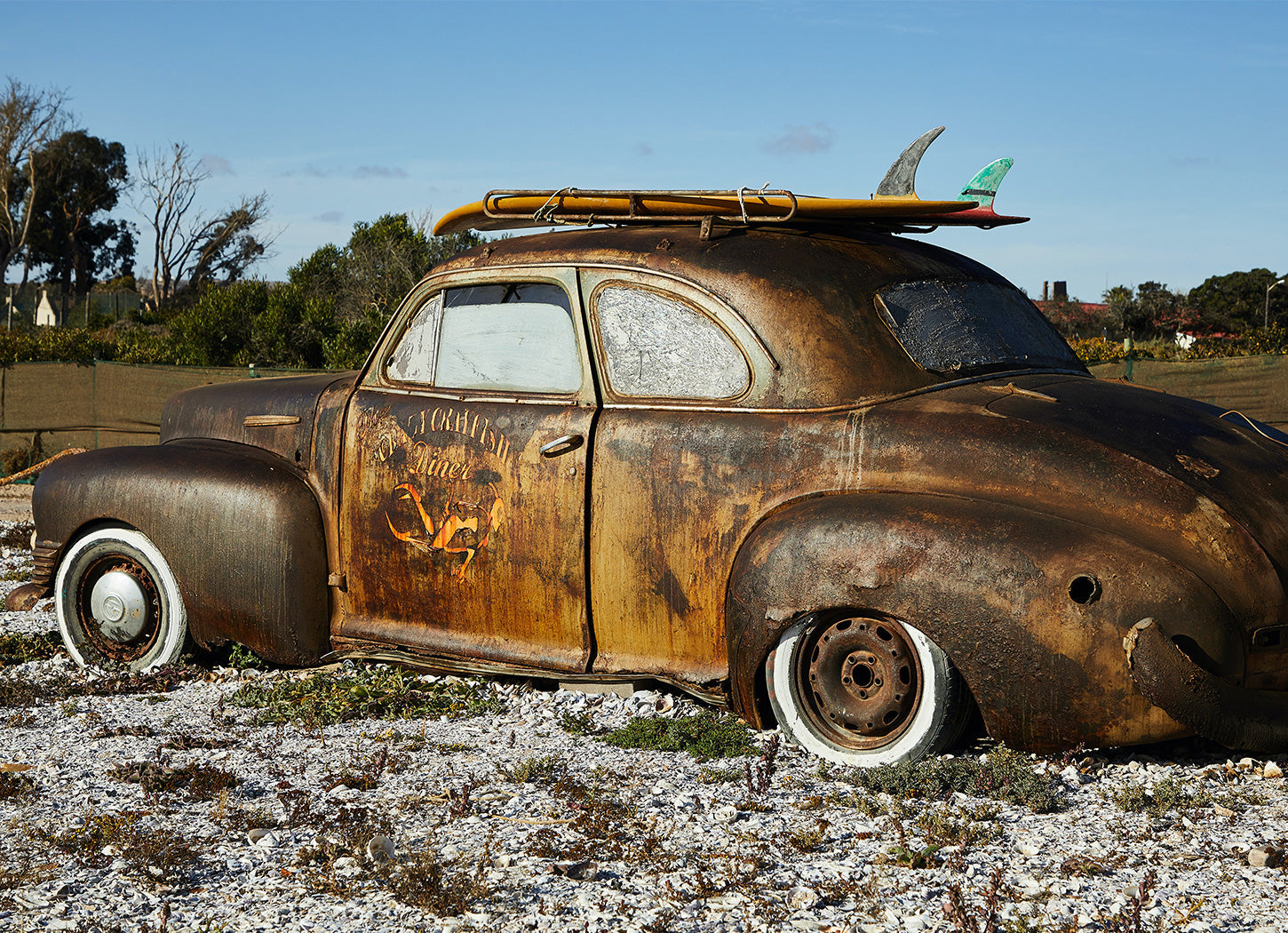
Sydney’s sea air, stop-start traffic, and ageing fleets make rust a steady problem. Rust weakens structures, eats into safety systems, and raises repair bills fast. This guide explains what rust really does to a car, when it triggers inspection failures, what repairs cost in Australia, and how to scrap a vehicle cleanly in NSW.
What rust actually does to a car
Rust is not just cosmetic. Once corrosion spreads beyond surface speckling, it thins and pits metal, which reduces crash protection. Examiners focus on structural parts such as chassis rails, sills, strut towers, subframes, and the metal around seats and seatbelt anchorages. If those areas show advanced corrosion, the vehicle is considered unsafe. Inspection manuals treat structural rust and corrosion at seatbelt mountings as a fail item because integrity at those points must be maintained.
Corrosion also threatens “go and stop” systems. Rusted brake lines can swell, flake, and then burst under pressure, which removes braking effort in an instant. Fuel tanks and filler necks can perforate and leak. Electrical earth points corrode and cause intermittent faults. Coastal use speeds this up because salt and damp mud hold moisture against metal. Regular underbody washing after beach trips or dirt-road driving slows the process, but it does not reverse established rust.
When rust means a failed inspection in NSW
Most light vehicles over five years old need an annual eSafety check in NSW. If the car has rust that affects safety, it does not pass and repairs must be completed before registration renewal. Repairs done within the reinspection window at the same AIS station do not attract an extra inspection fee, which gives owners a short, defined time to rectify defects.
Repair or scrap: the cost reality
Minor surface rust on a guard or door edge might be addressed with sanding, rust-converter, and paint. Workshop repair pricing in Australia varies widely, but typical public quotes put simple cosmetic rust in the few-hundred-dollar range, while advanced repairs involving cutting, welding, and repainting run into the thousands. Published guides cite averages from about $500 to $1,500 for modest jobs, and several thousand dollars when structural sections are affected. Always get written quotes that specify panel removal, treatment, and paint blending.
When the estimate overtakes market value, selling to a recycler becomes the rational choice. That is where reputable removal operators paying cash for cars Sydney can help, since they value metal weight and any reusable parts rather than demanding a roadworthy pass first.
A simple way to decide is to add the repair quote to upcoming costs and risks. Include rego, insurance, tyres, and likely follow-on corrosion because rust often hides between spot-welded seams. Balance that against the vehicle’s private-sale value in fully repaired condition. If the gap is small or negative, you are chasing a loss. If you also need a tow and a fresh inspection after repairs, scrap value begins to look sensible. For cars with rust near seat mounts, subframes, or brake lines, even a successful repair may leave you with a vehicle that needs ongoing monitoring due to the original exposure and age.
Signs your car is better off scrapped
Use this quick checklist:
- Visible holes or scale rust in sills, chassis rails, strut towers, or subframes
- Flaky brake lines, damp patches near fuel lines or tank seams
- Seatbelt anchorage metal distorted or perforated
- Multiple rust sites returning after prior patch repairs
- Repair quotes that exceed the car’s realistic, roadworthy value
If you tick two or more of those boxes, plan to retire the vehicle rather than fight the decay..
Environmental and safety upsides of scrapping
Scrapping an end-of-life vehicle with Sydney cash for cars prevents fluids from leaking on streets or driveways, and ensures metals reenter the supply chain. That reduces the temptation to keep driving a marginal car with weakened crash structures or compromised brakes. Recyclers depollute vehicles by draining oils and fuels, removing batteries, tyres, and refrigerants, then shredding, sorting, and selling metals for reuse. For coastal and beach-used cars exposed to salt, this pathway stops corrosion-related breakdowns on the road and removes a hazard that inspection programs are designed to catch in the first place.
Straightforward steps to get it done
Get two or three written scrap quotes with pickup included
Confirm ID and title requirements, and agree on a pickup time
Remove personal items, toll tags, and plates
Hand over the vehicle and receive payment
Cancel rego, return plates, and notify your insurer and toll account provider
Scrap quotes move with metal markets and the car’s size and weight. Larger SUVs and utes usually attract higher payouts than small hatchbacks of the same age.






